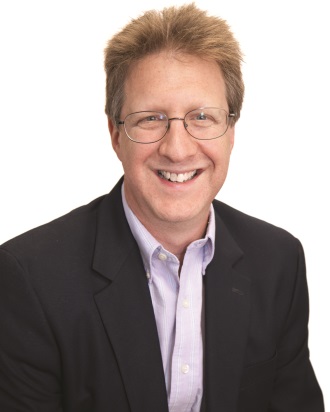'Theatrical conscience' of the Isabel
July 17, 2014
Share
 The concert hall of the Isabel Bader Centre for Performing Arts awaits the grand opening set for September. University Communications/Greg Black
The concert hall of the Isabel Bader Centre for Performing Arts awaits the grand opening set for September. University Communications/Greg BlackThis article is printed in the July edition of the Gazette, which is now available. Copies are avaialble at newsstands around campus. It is the first of a series featuring some of the people and firms behind the planning, design and construction of the Isabel Bader Centre for Performing Arts.
By Andrew Carroll, Gazette editor
It’s a jewel along the shores of Lake Ontario, and David H. Rosenburg knows it.
As the Isabel Bader Centre for Performing Arts nears completion, the vision of what the facility can be is taking full form. While work continues inside, the Isabel’s exterior offers a breathtaking glimpse of the near future.
When Mr. Rosenburg, theatre consultant and managing principal of Theatre Projects, speaks about the Isabel, his excitement is clear.
“I’m very excited about it. Of all the projects I have worked on, it is one of my favourite sites,” Mr. Rosenburg says. “You can’t ask for a better site than on the shore of Lake Ontario.”
But his excitement isn’t strictly about the location of the project; it’s also about its potential for education and performance. He also sees The Isabel as a catalyst for the arts community at Queen’s as well as Kingston.
 David Rosenburg of Theatre Projects. Supplied photo
David Rosenburg of Theatre Projects. Supplied photoThat’s a view that is based on a decades-long connection with the area. While Theatre Projects is based in Connecticut, Mr. Rosenburg and his family have been coming to the Kingston area for around 25 years. He feels the timing for such an education and performing arts facility is just right.
“Having a new building like this is like waking up in the morning and stretching. For the university, it’s going to be like ‘Wow, we can actually stretch here. We can reach our arms out and actually do something we weren’t able to do previously,’” he says. “It’s not unusual for a building like this to open and to have the arts community come rushing in and say ‘let’s find all sorts of ways to use this.’”
Rosenburg and his team have been involved in the project from the beginning stages. As he explains, theatre consultants are one side of the design triangle, along with architects, Snohetta and N45, and acoustician Joe Solway of Arup.
“There is a creative tension between theatre consultant, acoustician and architect that ultimately makes for a better end product for the university” he says. “With these three disciplines striving to get the best outcome possible, it pushes each of us to think outside the box and find innovative solutions.”
As for the role of a theatre consultant, Mr. Rosenburg explains they act as the conduit between those who work in the performance world and those who work in the construction world. The staff of Theatre Projects all come from theatre backgrounds and work with architects, engineers and clients to ensure all the performance requirements end up in the final design.
“We think of ourselves as the theatrical conscience of the project, constantly maintaining diligence over the functionality of the end product so that the building works the day it opens,” he says.
In the case of the Isabel, Mr. Rosenburg says Queen’s knew they wanted a concert hall and that the School of Music, the Department of Drama, the Department of Film and Media, and the Visual Art – Bachelor of Fine Art Program were coming together to create much-needed space. Theatre Projects then took those requirements and turned that information into a vision, determining things such as how big the lobby would be and the size of the bar, the number of dressing rooms, restrooms and the layout for the performing spaces.
“We know what typically goes into a concert hall and we can say, based on seat count, here is what you require, then we actually get into shaping the room with the knowledge of what they want – seats, types of productions, etc. – and then provide the architects a sketch of what is needed,” Mr. Rosenburg says.
“We’re giving them the basis of a starting point so that it works from a sightline standpoint, from a theatrical, rigging and lighting standpoint and that it is as functional as it possibly could be and that it meets the goals of what the end-user is trying to accomplish.”